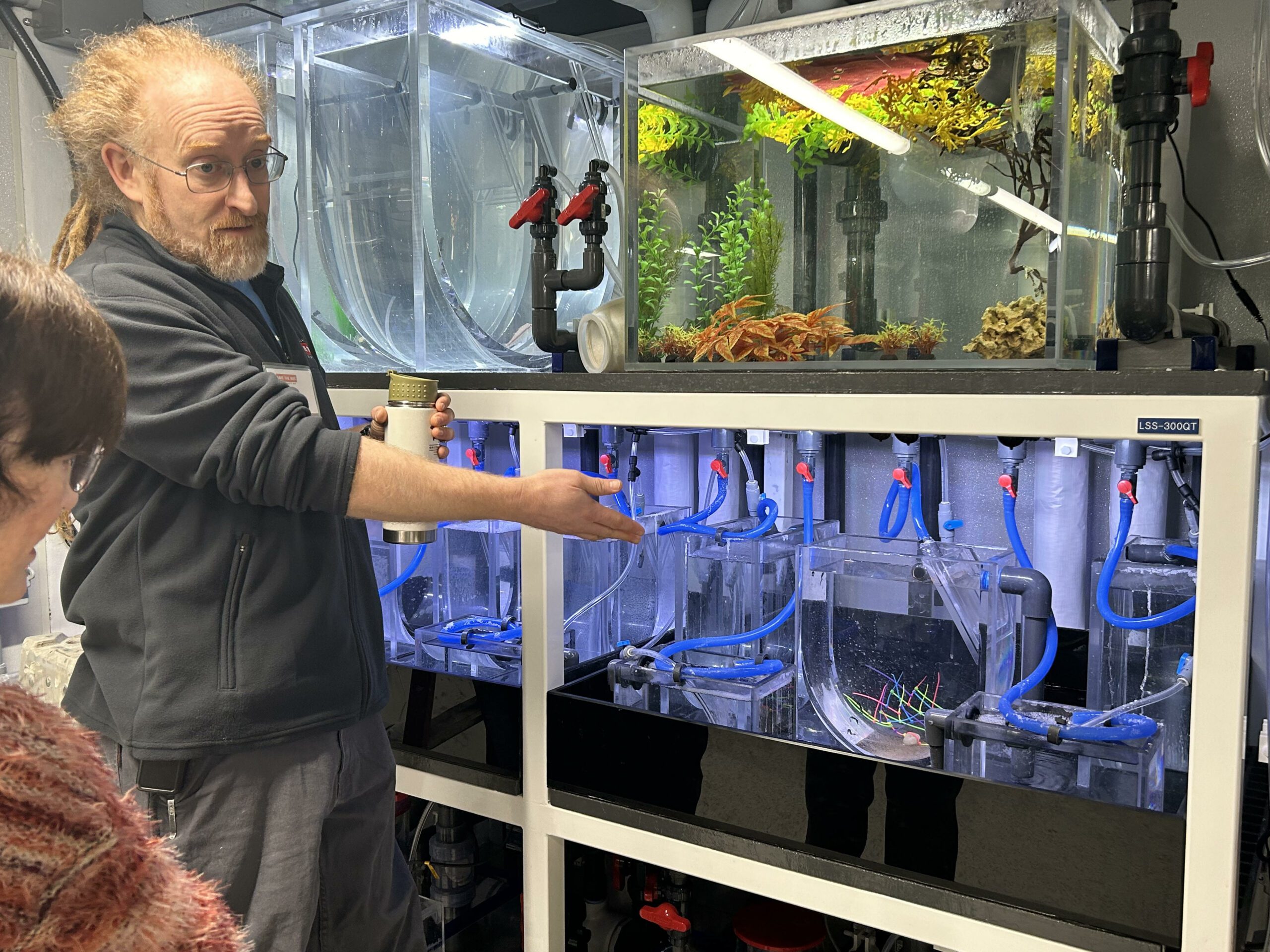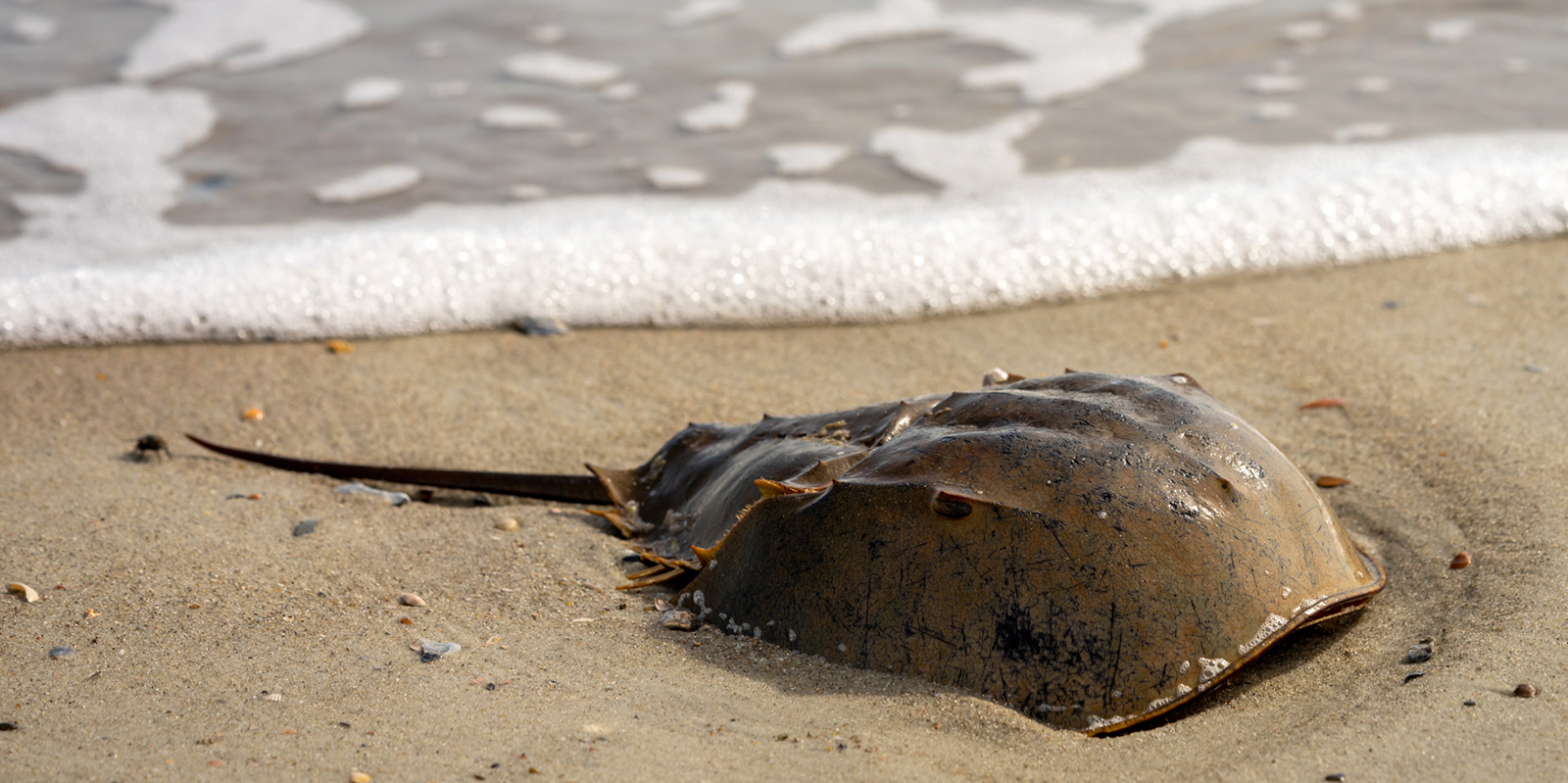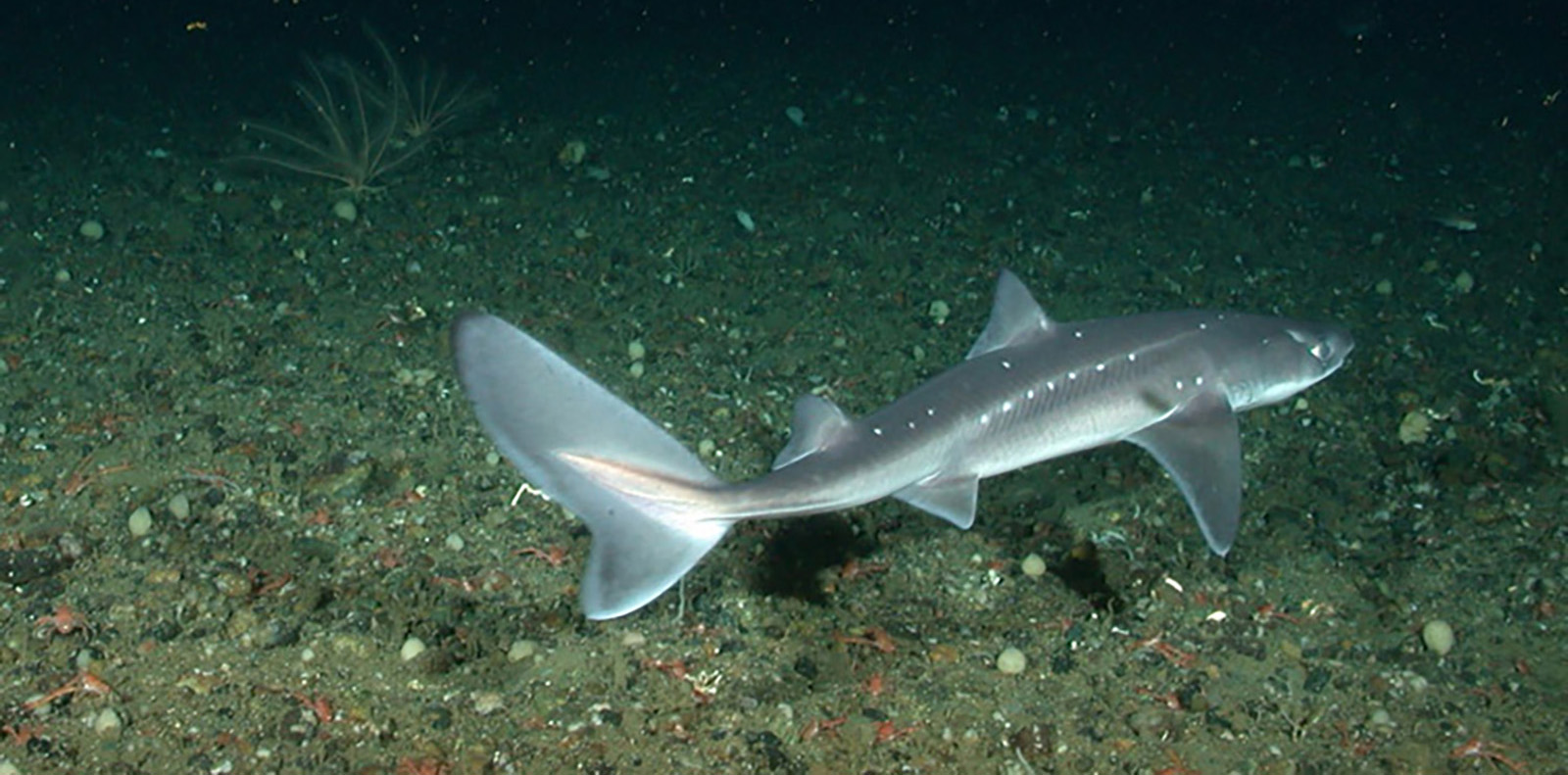Whale Behaviors Make Them Vulnerable to Ship Strikes, Fishing-Gear Entanglements
February 20, 2020
NARRAGANSETT, R.I. — Recent advances in technology have allowed scientists to learn so much more about wildlife during times when the animals are inaccessible to human observation. Songbirds are now capable of wearing tiny backpacks equipped with sensors and satellite technology that are revealing insights into their migratory behavior. Butterflies and dragonflies are being tagged to track their movements.
In the marine environment, scientists are using suction cups to temporarily attach whales with a variety of devices that capture video and audio and the depth and location of their underwater activities. That information is being used to better understand how and why whales are at risk of being struck by large ships or becoming entangled in fishing gear.
During a lecture Feb. 13 at the University of Rhode Island’s Bay Campus, sponsored by Rhode Island Sea Grant, the research coordinator at the Stellwagen Bank National Marine Sanctuary, David Wiley, discussed the feeding strategies used by humpback whales in the sanctuary in the waters between Boston and Provincetown and how those behaviors increase their risk of mortality.
“There’s a sand lance culture at Stellwagen Bank,” said Wiley, referring to the 6- to 8-inch fish the whales eat. “The Stellwagen humpbacks don’t go to Jeffrey’s Ledge 40 miles away because that’s a herring area, and the Jeffrey’s Ledge humpbacks that eat herring don’t go to Stellwagen. They’ve developed these cultures that allow them to be very productive in this habitat, and they try to stay in this habitat.”
Based on the video data collected in recent years, Wiley said the whales scrape their jaws along the seafloor to capture sand lance as the fish try to escape from their hiding places in the sediments. He believes that the whales coordinate their behavior to improve their odds of catching a meal.
When feeding at night or in deep water, where visibility is particularly poor, two or three whales dive to the seafloor together and orient themselves head to head.
“You can see them almost touching each other, rostrum to rostrum, as they try to capture these fish,” Wiley said. “They do it as a group and push the fish toward each other as the fish rocket out of the bottom.”
To further prove that this is a cooperative behavior, rather than a competitive one, he showed that the same whales almost always orient themselves in the same compass position relative to one another. Relative to a tagged whale, one untagged whale was positioned at the same angle in the feeding group 96 percent of the time, while a second untagged whale was consistently oriented at an angle between the first two 67 percent of the time.
Wiley also collected data about the whales as they fed at the surface in a behavior called “bubble-netting,” when the whales blow bubbles to herd their prey together before capturing them. Again, the whales appear to coordinate their feeding by orienting themselves at similar angles and even opening and closing their mouths at the same time.
“They orient themselves in a star formation and synchronize their engulfment, so it’s clearly a group feeding behavior and a cooperative behavior,” he said.
In one version of the bubble-netting behavior, the whales also slap their tails at the surface in between blowing bubbles. Why they do so is a mystery.
“They slap their tails over and over again, so it must have an adaptive value, but we really don’t know,” Wiley said. “People used to think it was to stun the fish, but we’ve never seen stunned fish. We think the percussion scares the fish and makes them aggregate into a tighter school, but we can’t really see what goes on in a bubble net because there’s so much happening at once.”
How do these behaviors make the whales more vulnerable to becoming entangled in fishing gear or struck by ships?
According to Wiley, bubble-netting is a feeding strategy used exclusively during daylight hours because that’s the only time when sand lance swim near the surface, and that’s when ship activity is highest. The whales feed on sand lance at the seafloor almost exclusively at night, when visibility is poorest, and they may not see the lobster traps and other fishing gear on or near the bottom. And because most fishing gear has ropes from the bottom to buoys at the surface, entanglement risk is high at whatever depth the whales are in.
They’re vulnerable to vertical lines 100 percent of the time, Wiley said. They spend 50 percent of their time near the surface during the day when they could get struck by a boat. They spend 50 percent of their time feeding on the bottom at night where they’re vulnerable to fishing gear.
“Humpback whale vulnerability comes from the fact that this is how they have to live. Their lives depend on being at that place in the water column,” he said. “The only way to reduce this risk is to reduce the amount of human activity that co-occurs or by reducing its penetration into the water column.”
Rhode Island resident and author Todd McLeish runs a wildlife blog.



